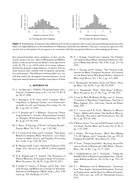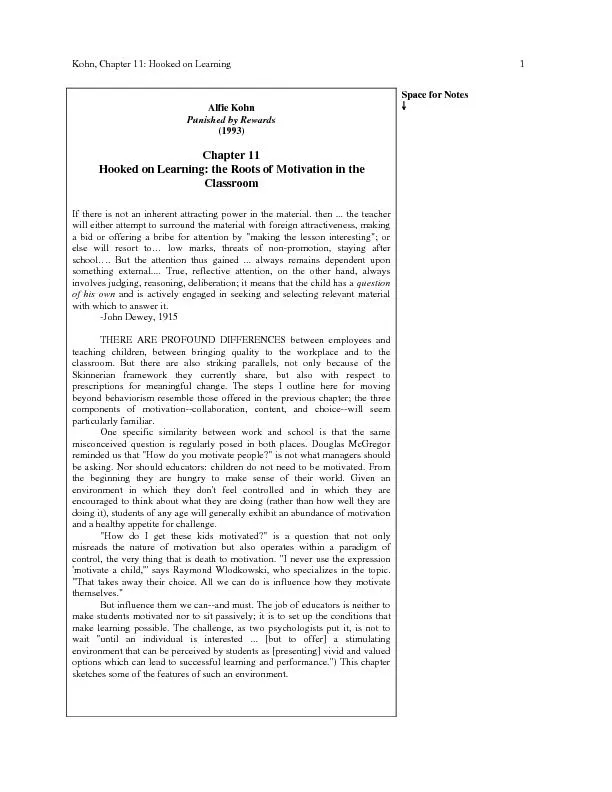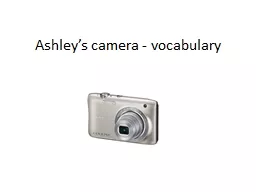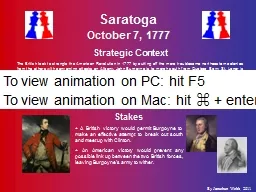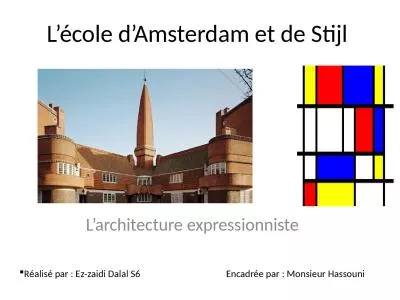PDF-HOOKED A GAME FOR DISCOVERING WHAT MAKES MUSIC CATCHY John Ashley Burgoyne Dimitrios Bountouridis
Author : test | Published Date : 2015-03-03
aburgoynehoninguvanl dbountouridisjmhvanbalenuunl ABSTRACT Although there has been some empirical research on ear worms songs that become caught and replayed in
Presentation Embed Code
Download Presentation
Download Presentation The PPT/PDF document "HOOKED A GAME FOR DISCOVERING WHAT MAKES..." is the property of its rightful owner. Permission is granted to download and print the materials on this website for personal, non-commercial use only, and to display it on your personal computer provided you do not modify the materials and that you retain all copyright notices contained in the materials. By downloading content from our website, you accept the terms of this agreement.
HOOKED A GAME FOR DISCOVERING WHAT MAKES MUSIC CATCHY John Ashley Burgoyne Dimitrios Bountouridis: Transcript
Download Rules Of Document
"HOOKED A GAME FOR DISCOVERING WHAT MAKES MUSIC CATCHY John Ashley Burgoyne Dimitrios Bountouridis"The content belongs to its owner. You may download and print it for personal use, without modification, and keep all copyright notices. By downloading, you agree to these terms.
Related Documents

